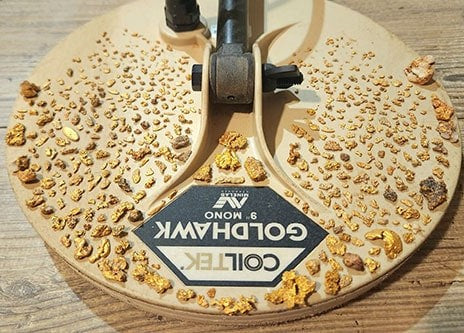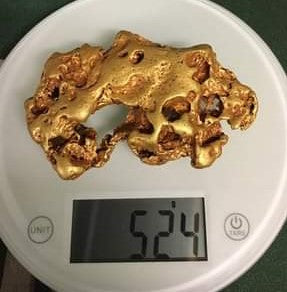News

Some Awesome Aussie GPX 6000 Finds

WHERE can I go detecting gold in Queensland ?

Aussie-made Coiltek GOLDHAWK coils

Gold Search Modes on the Equinox 900 & Manticore detectors

Minelab GPZ 7000 - a Deep Gold Getter

Tips for Gold Hunting in Western Australia - Part 3

Tips for Gold Hunting in Western Australia - Part 2

Tips for Gold Hunting in Western Australia - Part 1

